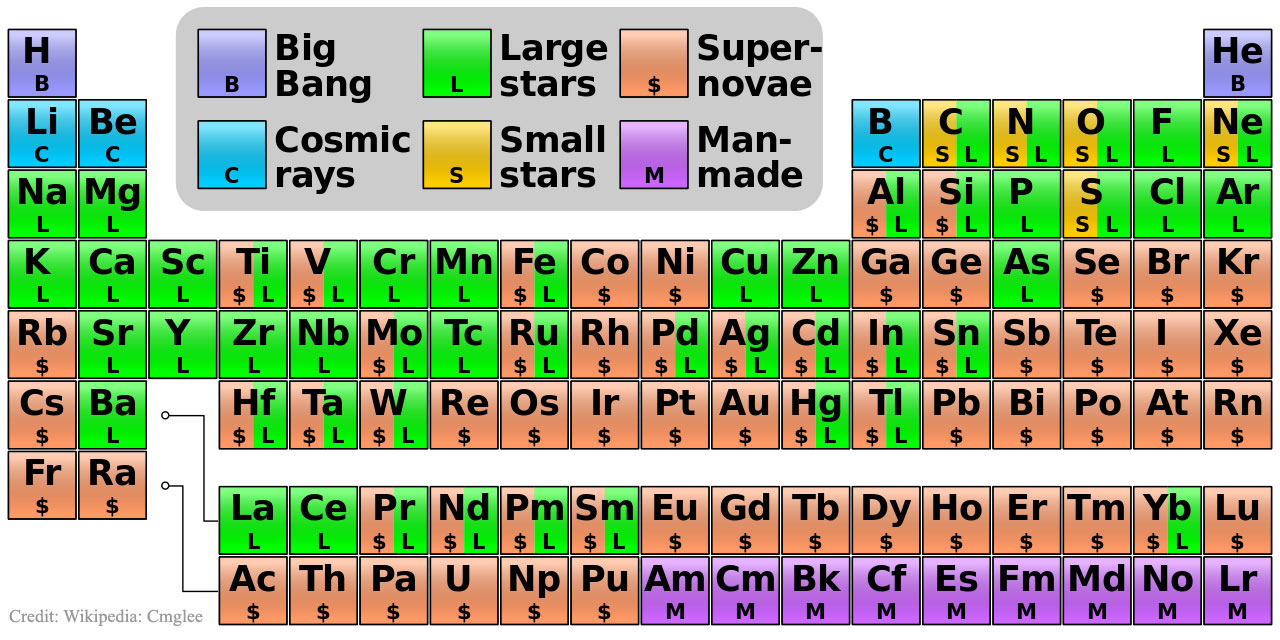JohannaK
Heroically Clueless
If we assume a 3.5 g/cm^3 and take for good the 1,085 million carats Bain & Company says were mined 2007-2014 that gives us 62 m^3 of diamond carbon extracted in seven years. I admit I dunnow how large is a double decker bus, but bearing in mind this is just seven years and the forecast was stable the total amount of diamond mined is substantially larger than the one calculated above
EDIT: I originally multiplied where I had to divide which gave a ridiculously bloated volume.
EDIT: I originally multiplied where I had to divide which gave a ridiculously bloated volume.
Last edited:



 Radioactive decay happens in nature as well. Tag
Radioactive decay happens in nature as well. Tag 